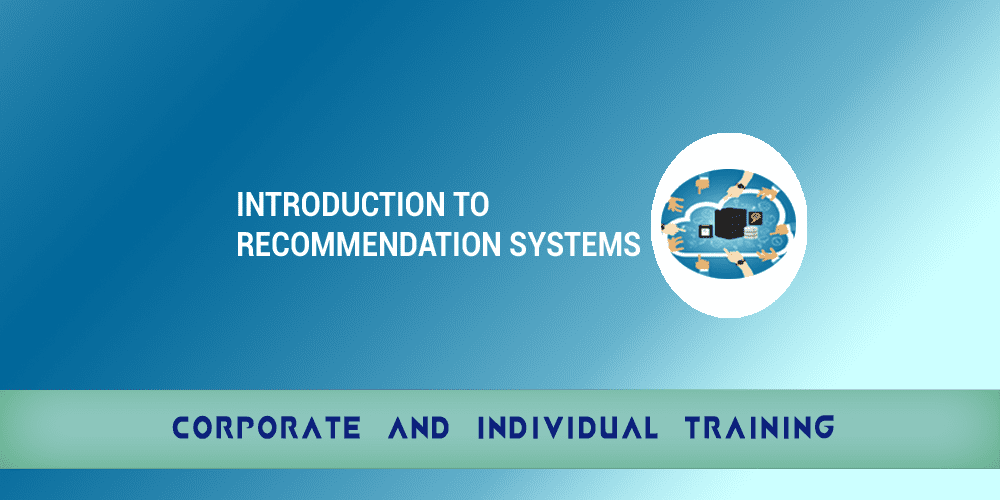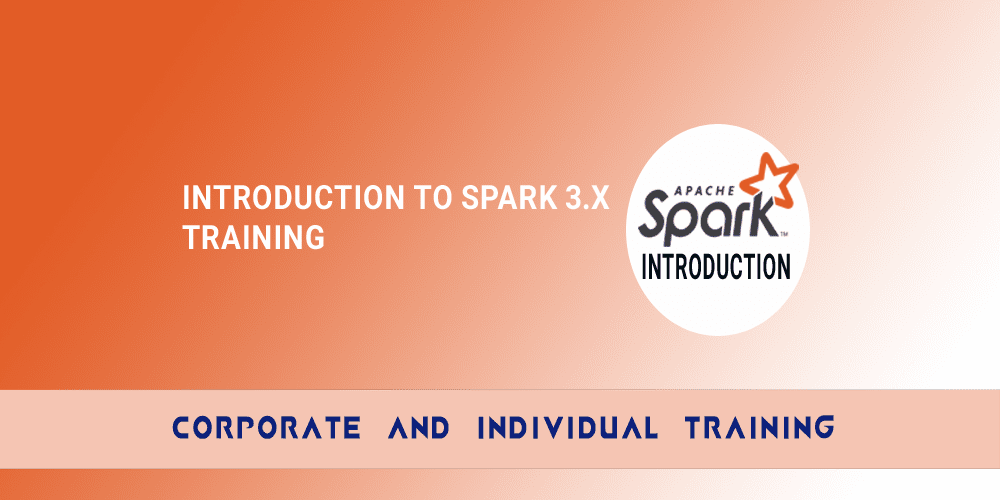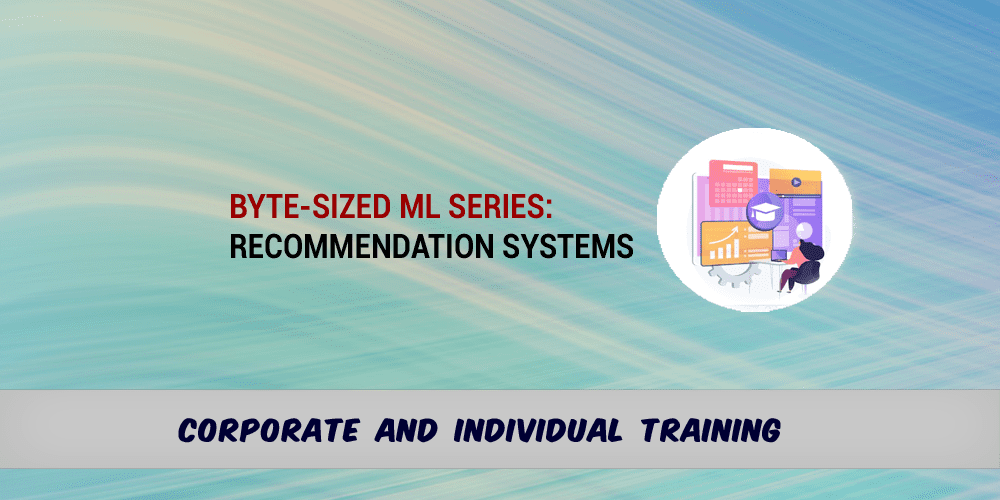- Overview
- Prerequisites
- Audience
- Curriculum
Description:
This Course demonstrates how to use the most common DevOps patterns to develop, deploy and maintain applications on AWS. It covers the core principles of the DevOps methodology and examines a number of use cases.
Long Description:
Unlock the world of DevOps with our comprehensive training program on AWS. Discover how to implement the most common DevOps patterns for seamless application development, deployment, and maintenance. Delve into the core principles of the DevOps methodology and explore a range of real-world use cases. Whether you're working with startups, small to medium-sized businesses, or enterprise-level projects, this course equips you with the knowledge and skills to excel in the DevOps landscape. Join us to harness the power of AWS and DevOps, ensuring your applications are developed, deployed, and maintained with efficiency and precision.
Course Code/Duration:
BDT26 / 3 Days
Learning Objectives:
After this course, you will be able to:
- Use the principal concepts and practices behind the DevOps methodology
- Design and implement an infrastructure on AWS that supports one or more DevOps development projects
- Use AWS CloudFormation and AWS OpsWorks to deploy the infrastructure necessary to create development, test, and production environments for a software development project
- Use AWS CodeCommit and AWS CodeBuild to understand the array of options for enabling a continuous integration (CI) environment on AWS
- Use AWS CodePipeline to design and implement a continuous integration and continuous delivery (CI/CD) pipeline on AWS
- Use AWS CodeStar to manage all software development activities in one place
- Implement several common continuous deployment (CD) use cases using AWS technologies, including blue/green deployment and A/B testing
- Distinguish between the array of application deployment technologies available on AWS, including AWS CodeDeploy, AWS OpsWorks, AWS Elastic Beanstalk, Amazon Elastic Container Service (ECS), and Amazon Elastic Container Registry (ECR), and decide which technology best fits a given scenario
- Use Amazon EC2 Systems Manager for patch management
- Leverage automated testing in different stages of a CI/CD pipeline
- Fine-tune the applications you deliver on AWS for high performance, and use AWS tools and technologies to monitor your application and environment for potential issues.
- Familiar with Systems Operations on AWS, or developing on AWS, Working knowledge of one or more high-level programming languages (C#, Java, PHP, Ruby, Python, etc.), Intermediate knowledge of administering Linux or Windows systems at the command-line level, Working experience with AWS using both the AWS Management Console and the AWS Command Line Interface (AWS CLI).
- Professionals who want to pass the AWS Certified DevOps Engineer Professional (DOP-C01) exam.Experienced AWS cloud engineers looking to learn advanced automations and features on the AWS cloud.
Course Outline:
Day 1
- What is DevOps?
- Infrastructure as Code, Part 1: Design and Security
- Infrastructure as Code, Part 2: CloudFormation and Configuration Management
Day 2
- Continuous Integration in the Cloud
- Continuous Delivery on AWS
- Deploying Applications on AWS, Part 1
Day 3
- Deploying Applications on AWS, Part 2
- Putting It All Together
- Performance-Tuning Your Deployments
- Administering and Automating Your Infrastructure
Training material provided:
Yes (Digital format)






